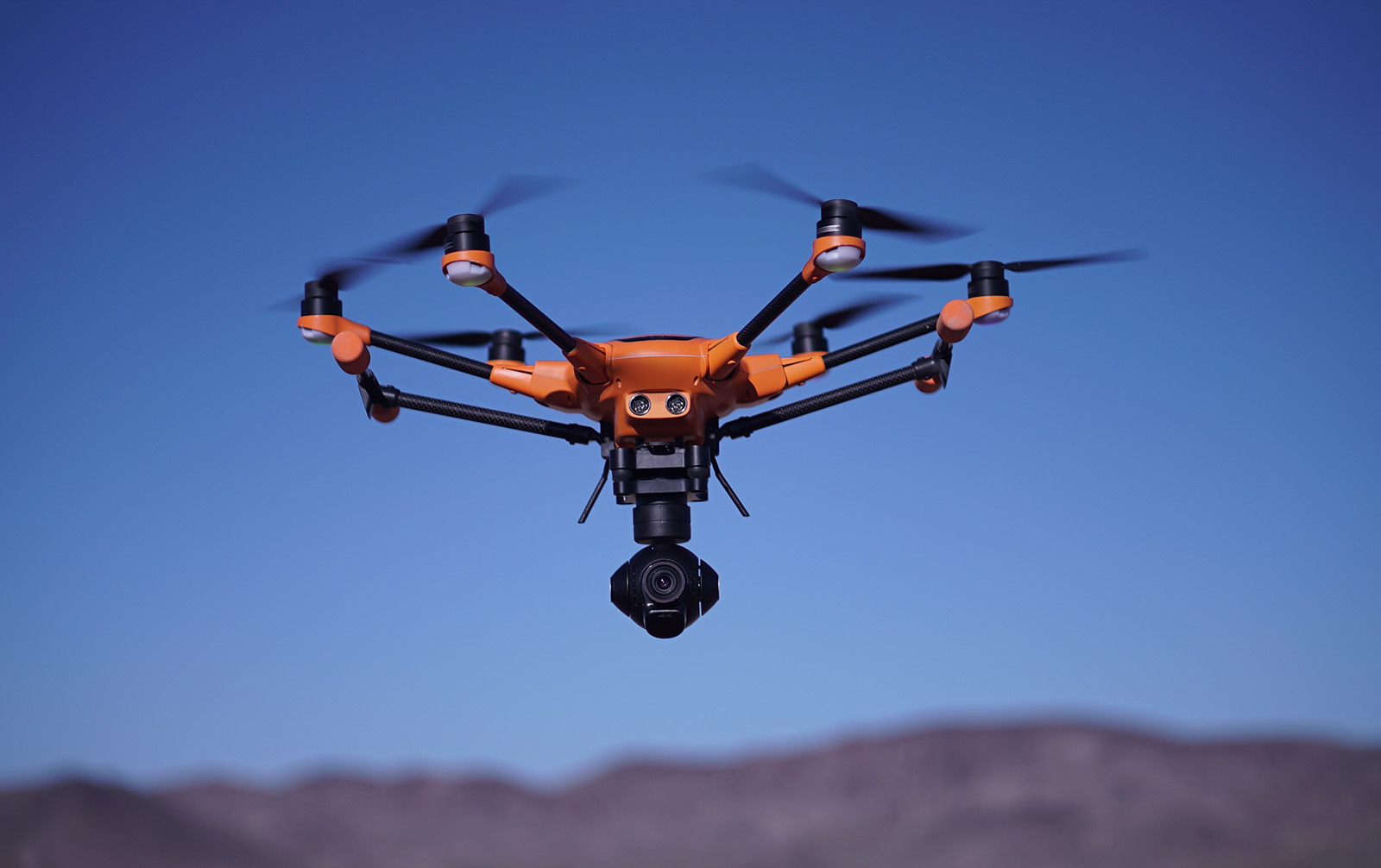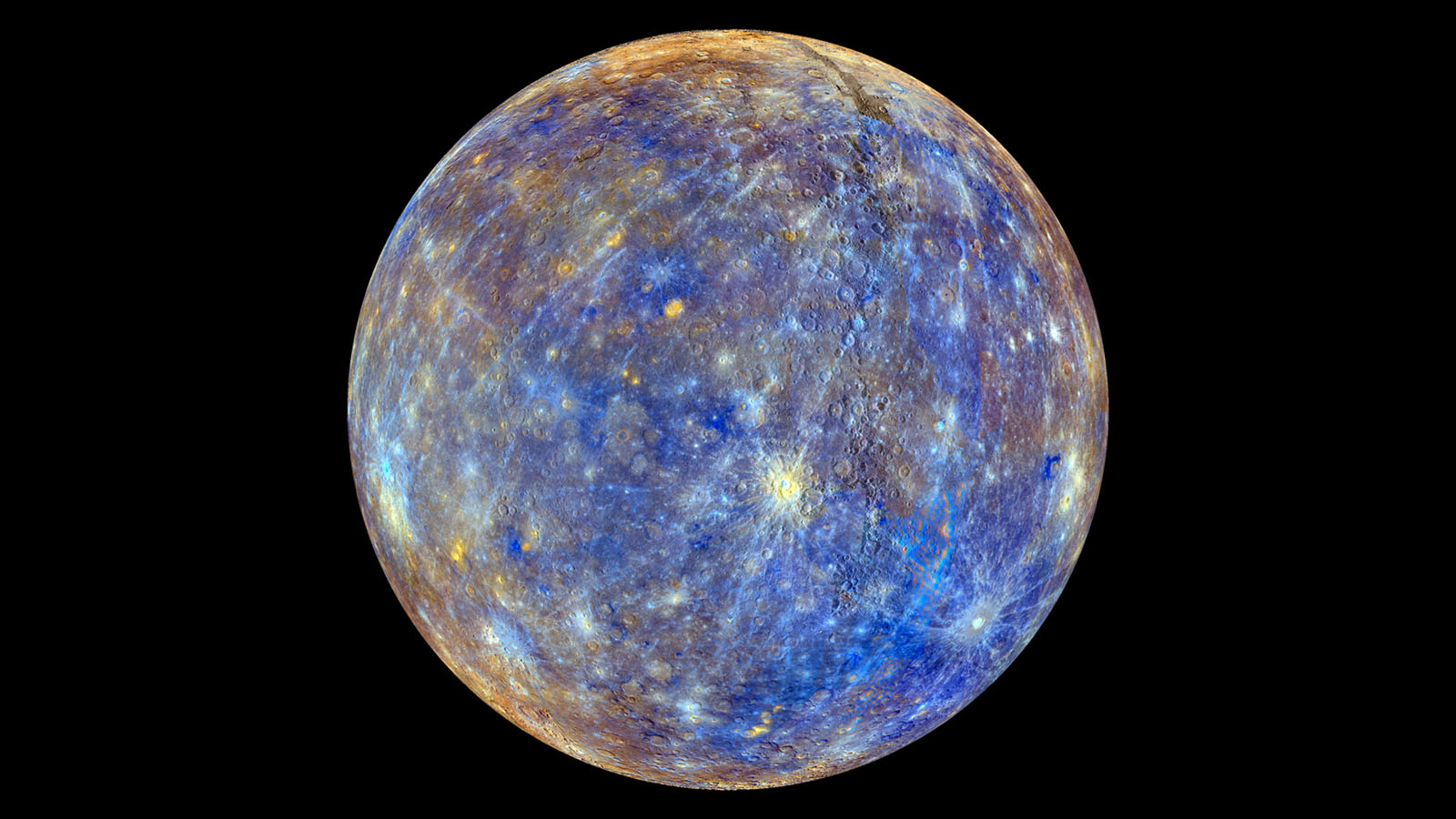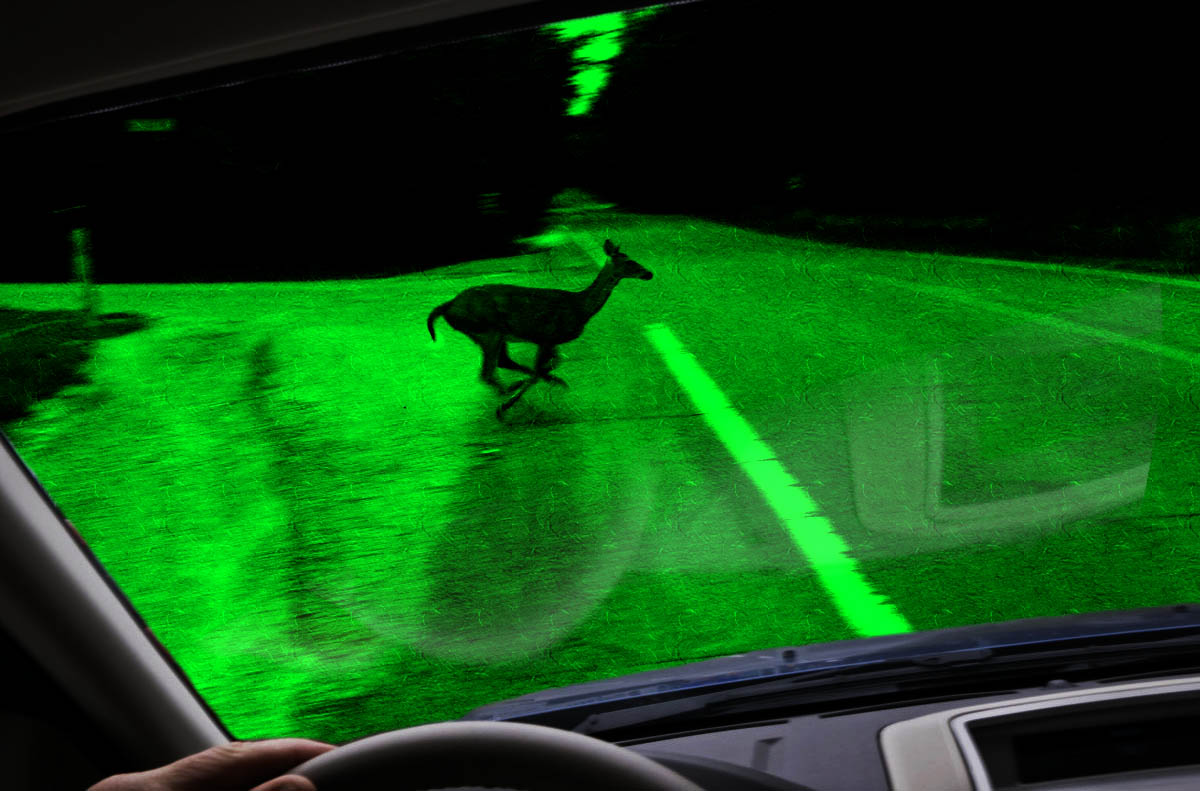
Thermal imaging cameras are highly useful tools for military and law enforcement types, letting them see humans inside buildings or land a helicopter in the fog. High-definition models are too heavy for servicemen to tote, however, so DARPA and a private partner have built a 1,280 x 720 LIWR (long-wave infrared) imager with pixels a mere five microns in diameter. That's smaller than infrared light's wavelength, allowing for a slighter device without giving up any resolution or sensitivity while costing much less, to boot. Researchers say that three functional prototypes have performed as well as much larger models, allowing them to see through a simulated dust storm, among other tests. If DARPA ever lets such goodies fall into civvy hands, count us in -- you can never have too much security.
Filed under: Cameras, Science, Alt
Comments
Via: Gizmag
Source: DARPA
 Scientists have created a graphene-based material that can outwit thermal cameras by masking hot objects. The film provides a layer of camouflage by appearing to match the ambient temperature, potentially making the object it's covering seem invisibl...
Scientists have created a graphene-based material that can outwit thermal cameras by masking hot objects. The film provides a layer of camouflage by appearing to match the ambient temperature, potentially making the object it's covering seem invisibl...
 Scientists have created a graphene-based material that can outwit thermal cameras by masking hot objects. The film provides a layer of camouflage by appearing to match the ambient temperature, potentially making the object it's covering seem invisibl...
Scientists have created a graphene-based material that can outwit thermal cameras by masking hot objects. The film provides a layer of camouflage by appearing to match the ambient temperature, potentially making the object it's covering seem invisibl...
 Drone company DJI is expanding its efforts in the commercial sector with a new thermal imaging camera and a payload software development kit (SDK) that will allow startups and developers to integrate custom gear onto DJI drones.
Drone company DJI is expanding its efforts in the commercial sector with a new thermal imaging camera and a payload software development kit (SDK) that will allow startups and developers to integrate custom gear onto DJI drones.
 Yuneec may be DJI's biggest consumer drone rival, but you probably have only heard of its consumer and selfie drones. Now, it's taking a step into the big leagues with a new model, the H520. The big, six rotor UAV with bright orange visibility is mea...
Yuneec may be DJI's biggest consumer drone rival, but you probably have only heard of its consumer and selfie drones. Now, it's taking a step into the big leagues with a new model, the H520. The big, six rotor UAV with bright orange visibility is mea...
 While you're stuck on Earth during today's solar eclipse, NASA jets will be performing a tricky science experiment on the Sun and its closest companion, Mercury. A pair of them will take off this morning from Houston's Johnson Space Center and follow...
While you're stuck on Earth during today's solar eclipse, NASA jets will be performing a tricky science experiment on the Sun and its closest companion, Mercury. A pair of them will take off this morning from Houston's Johnson Space Center and follow...
 When firefighters tackle a dangerous blaze, thermal imaging can be their greatest ally. It's usually integrated in a small handheld camera, helping team members to quickly locate civilians, peak through walls and identify safe passageways. Tyco's Sco...
When firefighters tackle a dangerous blaze, thermal imaging can be their greatest ally. It's usually integrated in a small handheld camera, helping team members to quickly locate civilians, peak through walls and identify safe passageways. Tyco's Sco...
 DJI has announced that it's partnering with FLIR to create a thermal imaging camera for its Inspire 1 and Matrice 100 drones. The Zenmuse XT camera should be a boon for tasks like spotting fires, search and rescue and measuring the thermal efficiency...
DJI has announced that it's partnering with FLIR to create a thermal imaging camera for its Inspire 1 and Matrice 100 drones. The Zenmuse XT camera should be a boon for tasks like spotting fires, search and rescue and measuring the thermal efficiency...
 Thermal imaging devices like night-vision goggles can help police, search-and-rescue teams and soldiers to pick out bad guys or victims through walls or in complete darkness. However, the best devices require cryogenic cooling, making them heavy, e...
Thermal imaging devices like night-vision goggles can help police, search-and-rescue teams and soldiers to pick out bad guys or victims through walls or in complete darkness. However, the best devices require cryogenic cooling, making them heavy, e...




